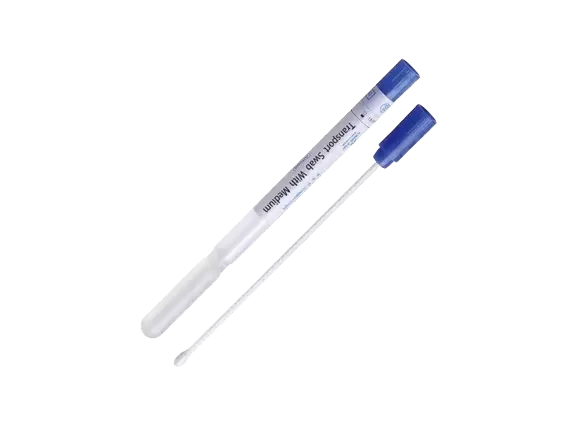Understanding Waterproof Ratings: Which Level Guarantees Full Waterproofing?
3 min readIn an age where outdoor activities and water-related adventures are increasingly popular, understanding waterproof ratings has become essential for consumers. Whether you’re shopping for a new pair of hiking boots, a smartwatch, or a waterproof jacket, knowing which waterproof rating signifies true waterproofing can save you from disappointment and potential damage to your gear. This article delves into the intricacies of waterproof ratings, helping you discern which level guarantees full waterproofing and how to make informed purchasing decisions.
The Basics of Waterproof Ratings
Waterproof ratings are typically measured using the International Protection (IP) code or the more specific waterproof rating systems such as the American Standard for Testing and Materials (ASTM) and the European Norm (EN). These ratings provide a standardized way to assess how well a product can resist water ingress.
The most common waterproof ratings include:
- Water-Resistant (WR): This rating indicates that a product can withstand light splashes or rain but is not designed for prolonged exposure to water. For example, a water-resistant watch may survive a brief shower but is not suitable for swimming.
- Waterproof (WP): A product labeled as waterproof can handle more significant exposure to water. However, this term can be somewhat ambiguous, as it does not specify the depth or duration of water exposure.
- Submersible: This rating indicates that a product can be submerged in water for a limited time without sustaining damage. The depth and duration of submersion vary by manufacturer, so it’s essential to check the specifications.
The Gold Standard: Fully Waterproof Ratings
When it comes to determining which waterproof rating is fully waterproof, the answer lies in the specifics of the rating system used. The most reliable indicators of full waterproofing are:
- IP68 Rating: This rating signifies that a device can be submerged in water beyond 1 meter for an extended period (usually up to 30 minutes). Products with this rating are often used in extreme conditions, making them ideal for divers and outdoor enthusiasts.
- Waterproof to 10 ATM (or 100 meters): Commonly found in watches, this rating indicates that the product can withstand pressures equivalent to being 100 meters underwater. It’s important to note that this does not mean the watch is suitable for deep-sea diving, as factors like temperature and movement can affect its performance.
- Fully Seam-Sealed Construction: For apparel and gear, a fully waterproof rating often requires not just a high IP rating but also features like fully taped seams and water-resistant zippers. These elements work together to prevent water from penetrating through any openings.
Practical Considerations When Choosing Waterproof Gear
While understanding waterproof ratings is crucial, it’s equally important to consider how you plan to use the product. Here are some practical tips to ensure you select the right waterproof gear:
- Assess Your Activities: If you’re planning to engage in activities like kayaking or hiking in heavy rain, opt for gear with a higher waterproof rating (IP68 or 10 ATM). For casual use, water-resistant items may suffice.
- Check Manufacturer Specifications: Always refer to the manufacturer’s guidelines for specific waterproof capabilities. Look for details on submersion depth and duration, as well as any limitations.
- Consider Breathability: In many cases, fully waterproof gear can trap moisture inside, leading to discomfort. Look for products that balance waterproofing with breathability, especially for clothing.
- Maintenance Matters: Regularly check and maintain your waterproof gear. Over time, the waterproofing treatment can wear off, so reapplying a waterproofing spray or treatment can extend the life of your gear.
Conclusion
Understanding waterproof ratings is essential for anyone looking to invest in reliable gear for water-related activities. While terms like water-resistant and waterproof can be misleading, knowing the specifics—such as IP68 ratings and fully seam-sealed constructions—can guide you toward truly waterproof products. By considering your activities and the manufacturer's specifications, you can ensure that your gear will keep you dry and protected, no matter the conditions.



